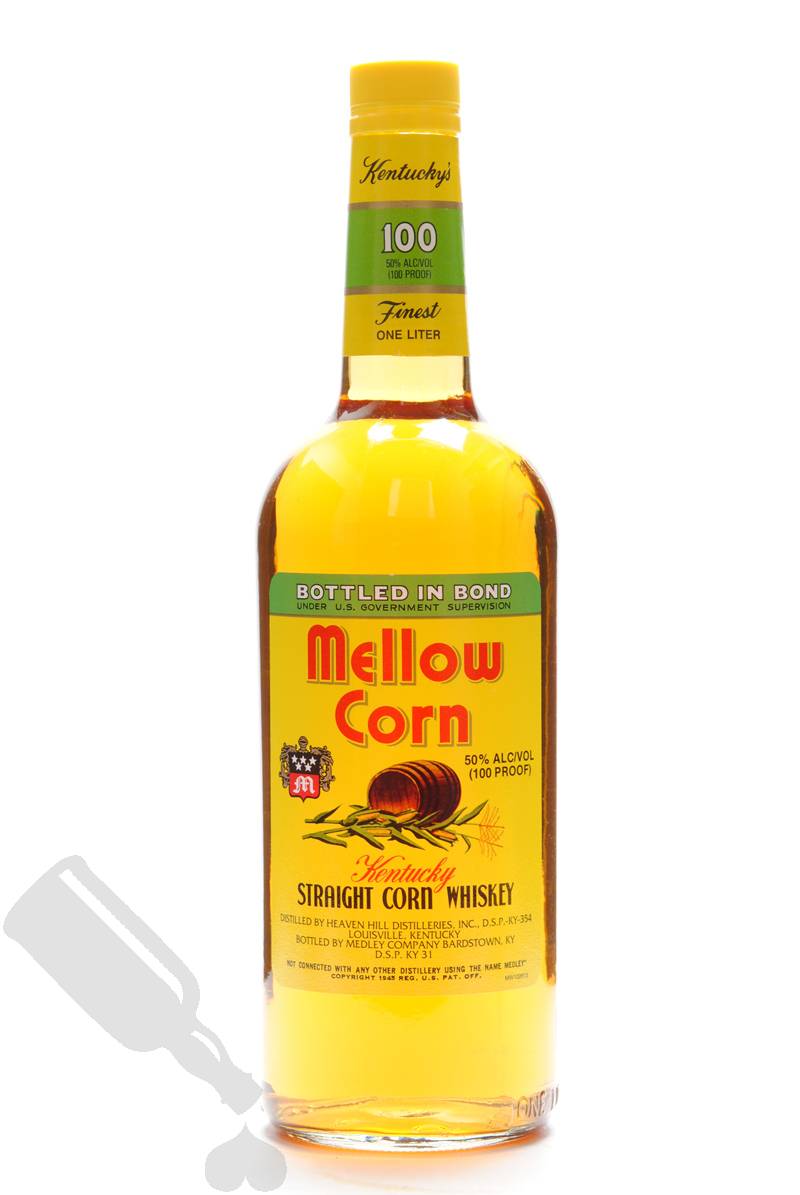
Also, many malthouses are likely not malting corn in any large capacity, so purchasing it isn't a viable option either. Malting corn is a time intensive process, and most American distilleries don’t have the capability to do it on their own. For more information on how Frey Ranch makes their 100% Malted Corn Bourbon and malted corn's future outlook, check out our Q&A with Colby Frey.
#CORN WHISKEY BRANDS SERIES#
100% Malted Corn Bourbon and Quad Malt Bourbon Whiskey are part of the company’s Malted Grains Series and were both released as distillery exclusives. Frey Ranch co-founder Colby Frey malts his estate grown corn in a custom-made steep tank and germination/kilning drum before they’re milled and distilled on-site. The majority of light whiskey currently on the market is 99% corn, 1% malted barley. Furthermore, light whiskey distinguishes itself from bourbon in that it does not require a specific mashbill, it must be aged either in used or uncharred new oak containers, and must be distilled to between 160 and 190 proof. Notably, a bourbon can have a mashbill that contains as much as 100% corn with no other grains as long as it meets the other requirements set forth to be classified as bourbon. Corn whiskey differs from bourbon in two specific ways, the first being that bourbon's mashbill must be at least 51% corn, and the other being that bourbon must be aged in new charred oak containers. To be labeled a corn whiskey in the United States, a whiskey must contain no less than 80% corn in its mashbill, it must be distilled to a maximum strength of 160 proof, and while it does not have to be aged, if it is, if it is aged it must be aged in uncharred or used oak containers, and must be barreled at no more than 125 proof. The most notable point of confusion is between bourbon and corn whiskey. 100% corn-based bourbon can be confusing since corn whiskey, light whiskey, and bourbon can all have this same mashbill. Malted corn also has less power to convert starches than malted barley and is another reason why it isn’t adopted by more distilleries. Malting corn requires more processing time to facilitate sufficient steeping and germination. After the corn has germinated, it is then dried and heated (kilned).

This process is done by soaking the corn in water, draining and germinating it. Malting corn is an extremely uncommon practice for whiskey distilleries to convert whole kernel corn into malt. Although modern day distillers don’t have to use malted barley and can add other active ingredients like liquid or powdered enzymes to facilitate conversion, it is typically still used for its historical sense and the added flavor malted barley adds to a spirit.

its ability to break down starches into fermentable sugars during mashing). Barley is typically the grain choice by distillers to malt because of its diastatic power (i.e. These enzymes are used to convert starches from grain into fermentable sugars. Malting barley is the most common form of malting and is used in most American whiskeys because of the enzymes it creates.


 0 kommentar(er)
0 kommentar(er)
